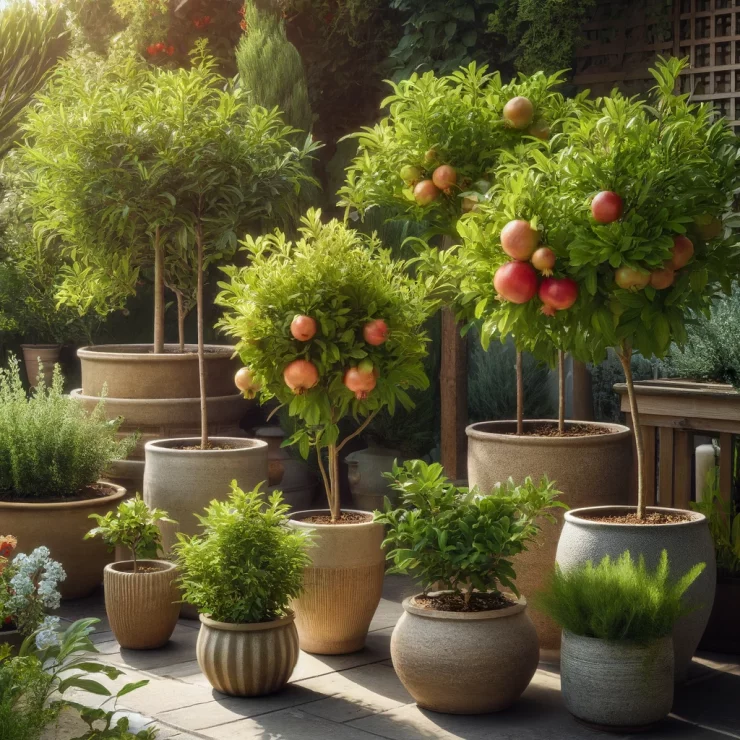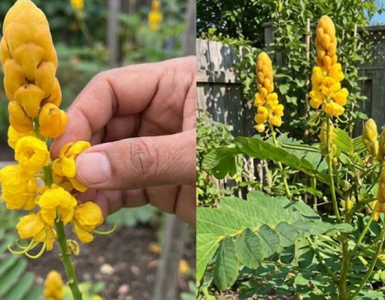Pomegranates, with their jewel-like seeds and tangy-sweet flavor, are not only delicious but also packed with antioxidants and nutrients. Growing your own pomegranate tree from seeds indoors can be a fulfilling and rewarding experience, offering fresh fruit right from the comfort of your home. Whether you’re a seasoned gardener or a novice with a green thumb, here’s a comprehensive guide on how to grow your own pomegranate tree from seeds indoors.
Understanding Pomegranates:
Before delving into the growing process, it’s essential to understand the plant you’ll be nurturing. Pomegranate trees (Punica granatum) are native to the Middle East and have been cultivated for centuries for their fruit and ornamental value. These deciduous shrubs or small trees can reach heights of 12 to 20 feet when grown outdoors but can be pruned to a more manageable size for indoor cultivation. Pomegranate trees are relatively low-maintenance and can thrive in containers, making them suitable for indoor growing.
What You’ll Need:
Pomegranate Seeds: Obtain fresh seeds from ripe pomegranate fruits or purchase them from a reputable supplier.
Potting Mix: Choose a well-draining potting mix formulated for container gardening.
Containers: Select containers with drainage holes to prevent waterlogging.
Light Source: Ensure your pomegranate seedlings receive at least 6 to 8 hours of sunlight daily or use grow lights if natural light is insufficient.
Watering Can: Maintain consistent moisture levels by watering the seedlings when the top inch of soil feels dry.
Fertilizer: Use a balanced fertilizer formulated for fruit trees to provide essential nutrients during the growing season.
Pruning Tools: Keep pruning shears handy for shaping and maintaining the tree’s growth.
Step-by-Step Guide:
Seed Starting: Begin by filling your containers with potting mix, leaving about an inch of space at the top. Plant the pomegranate seeds about half an inch deep in the soil, spacing them evenly apart. Water the soil thoroughly but gently to ensure good seed-to-soil contact.
Placement: Place the containers in a warm, sunny location indoors. Pomegranate trees require ample sunlight to thrive, so choose a spot near a south-facing window or under grow lights.
Watering: Keep the soil consistently moist but not waterlogged. Avoid letting the soil dry out completely between waterings, as pomegranate seedlings are sensitive to drought.
Fertilization: Once the seedlings have developed several sets of true leaves, begin fertilizing them with a balanced fertilizer. Follow the manufacturer’s instructions for application rates and frequency.
Transplanting: When the seedlings have outgrown their containers and have developed a strong root system, transplant them into larger pots. Choose containers that are at least 12 inches in diameter to accommodate the growing tree.
Pruning and Training: As the tree grows, prune it to encourage a strong, well-branched structure. Remove any dead, diseased, or crossing branches to promote airflow and prevent overcrowding. You can also train the tree to a desired shape, such as a single trunk or a bushy form.
Pollination: Pomegranate trees are self-pollinating, but you can help increase fruit set by gently shaking the branches or using a soft brush to transfer pollen between flowers.
Harvesting: Pomegranate fruits typically mature in late summer to early fall, depending on the variety. Harvest the fruits when they develop a deep color and make a metallic sound when tapped. Simply twist or cut the fruits from the tree and enjoy the juicy arils within.
Tips for Success:
Temperature: Pomegranate trees thrive in temperatures between 60°F and 90°F (15°C to 32°C). Protect them from extreme heat or cold, as it can stress the plants.
Pest and Disease Control: Keep an eye out for common pests such as aphids, scale insects, and fungal diseases. Use organic pest control methods or horticultural oils to manage infestations.
Winter Care: In colder climates, bring your pomegranate tree indoors before the first frost. Place it in a cool, bright location, such as a garage or unheated room, and reduce watering to allow the tree to enter dormancy.
By following these steps and tips, you can successfully grow your own pomegranate tree from seeds indoors, bringing the beauty and bounty of this exotic fruit into your home. Happy gardening!






Add comment